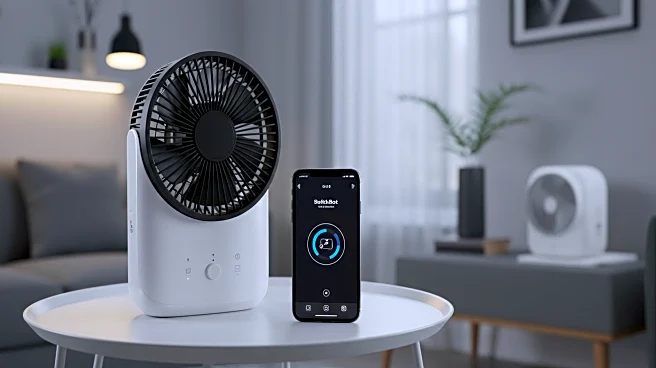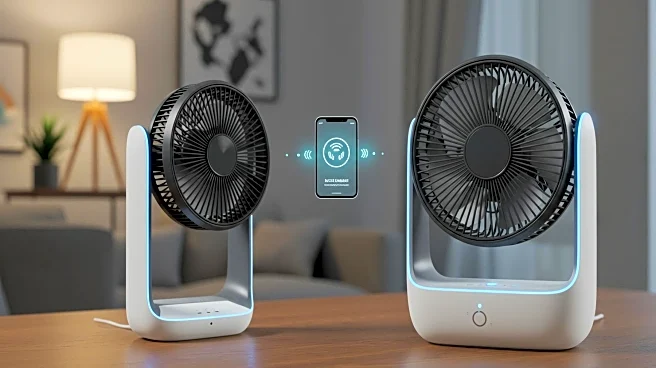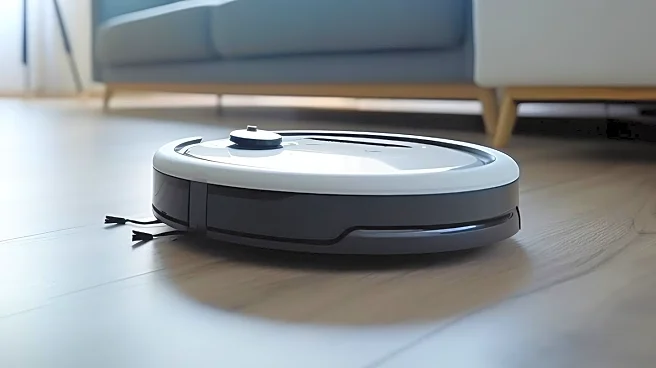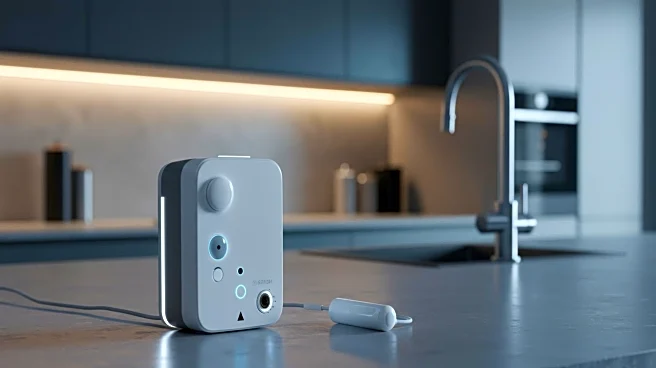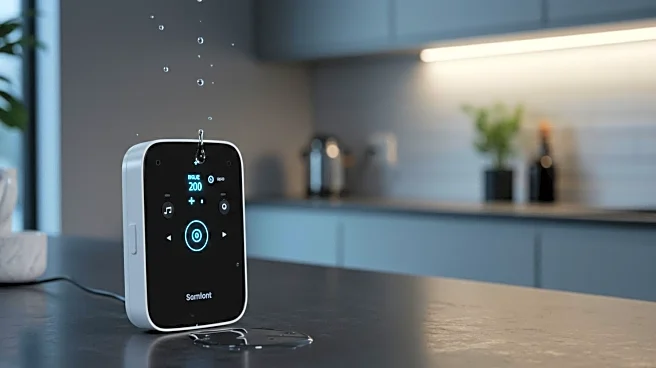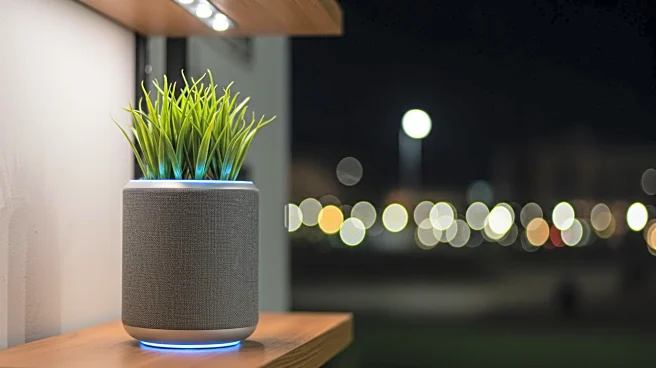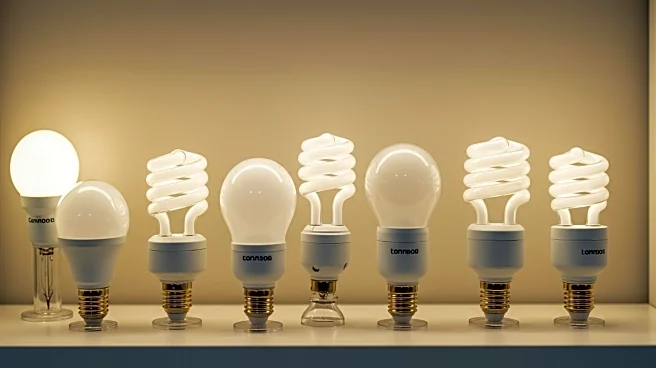What is the story about?
What's Happening?
SwitchBot has launched a new wireless smart fan that can be controlled via an app, offering a modern solution for cooling spaces like bedrooms and offices. The fan features a rechargeable battery, touch panel controls, and a variety of cooling modes, including oscillation and adjustable fan speeds. It is designed to be quiet, with a noise level rated at 22dB, making it suitable for environments where minimal noise is preferred. The fan also includes a remote control and app connectivity, allowing users to manage settings from a distance. The app provides options such as Natural mode, Baby mode, and a nightlight feature, enhancing user convenience.
Why It's Important?
The introduction of SwitchBot's smart fan reflects the growing trend of integrating technology into everyday home appliances, offering users greater control and efficiency. This development is significant as it addresses the increasing demand for smart home devices that provide comfort and energy savings. The fan's quiet operation and app-controlled features cater to consumers seeking advanced cooling solutions, particularly in hotter climates. As summers become more intense, such innovations can improve living conditions and reduce reliance on traditional air conditioning, potentially lowering energy consumption and costs.
What's Next?
SwitchBot's smart fan may influence other manufacturers to develop similar products, expanding the market for app-controlled home appliances. As consumers become more accustomed to smart technology, there could be increased demand for devices that offer remote operation and customizable settings. This trend might lead to further advancements in smart home ecosystems, integrating more devices for seamless control. Additionally, the fan's success could prompt SwitchBot to explore other smart home solutions, enhancing their product lineup and market presence.
Beyond the Headlines
The adoption of smart fans like SwitchBot's could have broader implications for energy efficiency and environmental impact. By providing alternatives to traditional cooling methods, these devices may contribute to reducing carbon footprints associated with air conditioning. Furthermore, the integration of smart technology in home appliances highlights the shift towards more sustainable living practices, encouraging consumers to consider energy-efficient options. This trend aligns with global efforts to address climate change and promote eco-friendly innovations.
AI Generated Content
Do you find this article useful?
